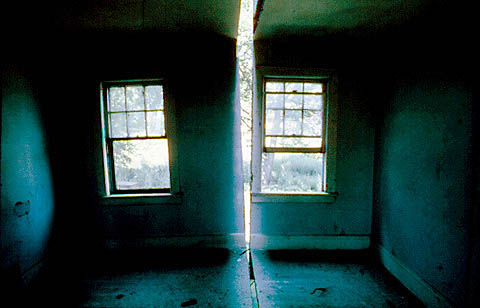waterproofs
 Thursday, February 25, 2016 at 8:17AM
Thursday, February 25, 2016 at 8:17AM God people are clever. Mackintoshes, waterproof raincoats, done originally in 1824 by dissolving rubber in naphtha to liquidise it and putting it between two layers of fabric, done evidently by the Aztecs (not the naphtha, they just used latex). It’s all very chemical, the processing of rubber so it doesn’t smell, or melt or harden. When you think that before this one relied on the natural oils in thick wool to repel water, and I suppose leather capes, the mackintosh must have felt featherweight in comparison.
I had a short cream riding mac once, like the one above with the leg straps and everything, foolishly gave it away and now find they are £420. I should have cleaned mine with a raw potato and soaked the red ballpoint mark on the sleeve out with milk.
Got a waxed jacket for living in Duncan’s Cove, south of Halifax, where waves bash the rocks and are quite drenching. Originally it was sails that were waxed, to make them more efficient against wind; fish oils, then linseed oil on lighter canvas reduced the weight of the sails in the overall tonnage of the ship, allowing it to go faster. We are speaking of the mid-nineteenth century here. Linseed oil turns yellow: fishermen’s slickers are yellow by tradition, but originally by linseed oil. In the 1920s cotton started to be impregnated with petroleum-based materials: paraffin mainly, then cupro-ammonia – the solution used to produce Bemberg and cupro rayon. Not until the 2000s was cupro-ammonia replaced by a hydrocarbon wax, which is what Barbour gives you a little can of when you buy a jacket. It looks like vaseline and when you use it to touch up the wear where the waxing has worn off gives you a horrible greasy jacket you can’t hang up next to anything else. The dark olive green of the Barbour comes from the copper in the cupro-ammonia.
It is very warm, this waxed jacket, and has that hunting and fishing look that flags a certain segment of the British class system and its wannabes. But it is very warm and quite useful in a Calgary winter. I like things that you never have to buy again because they never, ever wear out and have zero relation to the fashion industry. Well that’s not quite true, they float in and out of desirability.
 a Barbour, well worn and resembling something primeval, lichenous, beaten about by life in the elements. Gore-Tex: now that is made of Teflon.
a Barbour, well worn and resembling something primeval, lichenous, beaten about by life in the elements. Gore-Tex: now that is made of Teflon.
 garments,
garments,  material culture
material culture 























